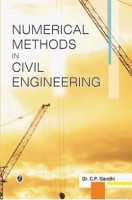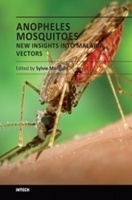The Embryology Of Angiosperms by S. S Bhojwani, S. P. Bhatnagar, P. K. Dantu
Book Summary:
For the last 40 years this book has served well the students of Botany, Agriculture and Forestry for their regular courses like BSc. (General and Hons) and MSc., as well as competitive examinations. It has stood the test of time due to the authors' zeal to update it regularly with inputs from latest developments in the field. Since the last revision of the book, the methods used to study plant embryology have changed radically. Powerful modern biological techniques are now being applied to understand the developmental aspects and genetic and molecular bases of embryological processes. It has become possible to generate tissue specific mutants by T-DNA insertional mutagenesis, use of green fluorescent protein probes for live imaging of growing cells and tissues and to analyze gene expression in few-celled structures, such as early stages of embryo, and constituent cells of the male and female gametophytes. These techniques, combined with the development of high resolution confocal laser scanning microscopy, have provided non-invasive methods to view live processes, such as pollen tube growth in the pistil and double fertilization under in situ conditions.
Audience of the Book :
This book Useful for B.Sc & M.Sc Microbiology Students
Table of Contents:
1. Historical Account
2. Flower
3. Microsporangium
4. Male Gametophyte - Development
5. Male Gametophyte - Morphology
6. Megasporangium
7. Female Gametophyte
8. Pollination
9. Fertilization
10. Sexual Incompatibility
11. Endosperm
12. Embryo
13. Polyembryony
14. Apomixis
15. Seed
16. Embryology in Relation to Taxonomy
17. Experimental and Applied Embryology


















